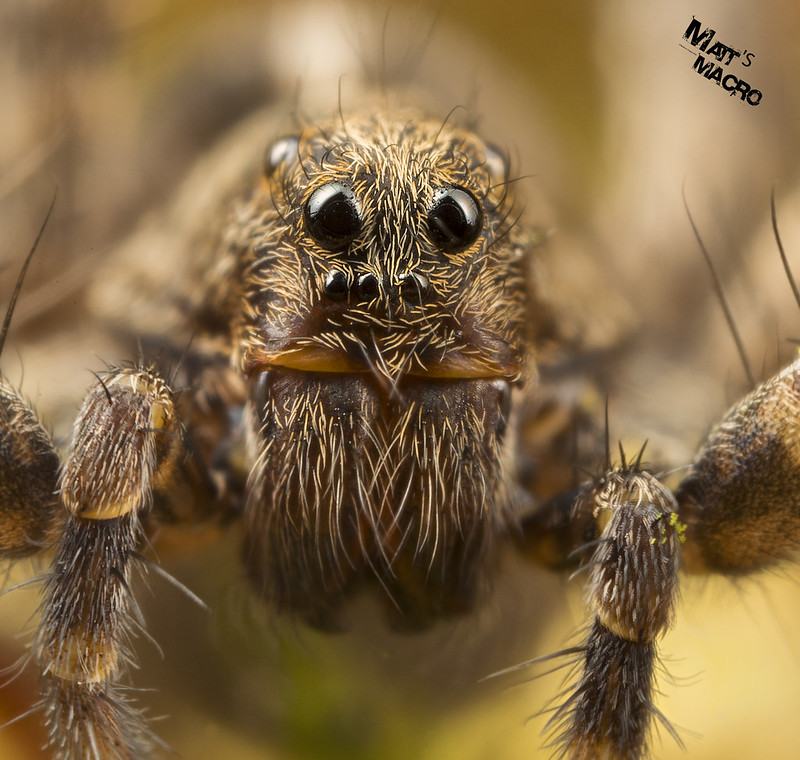WOW! I never thought so many cared so much about insects ... betting every one of us squishes select bugs here and there - "Spider, hmm, you can live ... fly/wasp!! Kill it with fire!!"

I do get why people are freaked about killing just to take pics of, I'm not a fan of images of dead bugs either way, found or killed ... I much prefer to feel a bit of life about it. It can be eerie, even though it's 'just a bug' - if you know it's dead. But I'm not going to lecture OP because of my preference. I don't think it's really anyone's place, he asked for technical advice, not moral.
I would say, get out and at least try shooting some live subjects, it is way more satisfying - gets you out and about and helps improve your technique a lot more than using stationary subjects, whatever they may be.
I've dabbled here and there in macro, I wouldn't say I was very good at it, but I enjoyed the times I hit the garden or local park or whatever, in search of creepy crawlies in their natural environment. And it is immensely satisfying when you nail a shot! [rather than the bug

] The first few times I got in real close using macro tubes, I remember finding manual focus at such magnification to be extremely difficult. I over came the shakiness by holding my breath while focusing and shooting ,and often used the to-and-fro motion to manually focus rather than the focus rings. It works better for me at least. I made a flash/extender/soft-box from cardboard, lined with foil, and a dried out baby wipe held over the end by one of the kid's hair bobbins

Just look up DIY macro, and you'll find all sorts like that. It never has to cost much money.
Any old flash unit will do the trick. I used to use a yongnuo 560, which was about €70 at the time [I still use this as a second flash today, bought a Nikon flash later] , some cheap extension rings I got on ebay for €10 and like I say, the soft box I made myself out of bits and bobs around the house - free! I also very rarely used a tripod. Though it can help a lot - not much use for chasing busy bees though! My mission when weather gets better is to finally capture a solid bee in flight shot! I have a few, but was never happy with them.
Good luck anyway, your conscience is your own, but at least consider exploring more natural methods.


 Do I have wrinkles?
Do I have wrinkles?